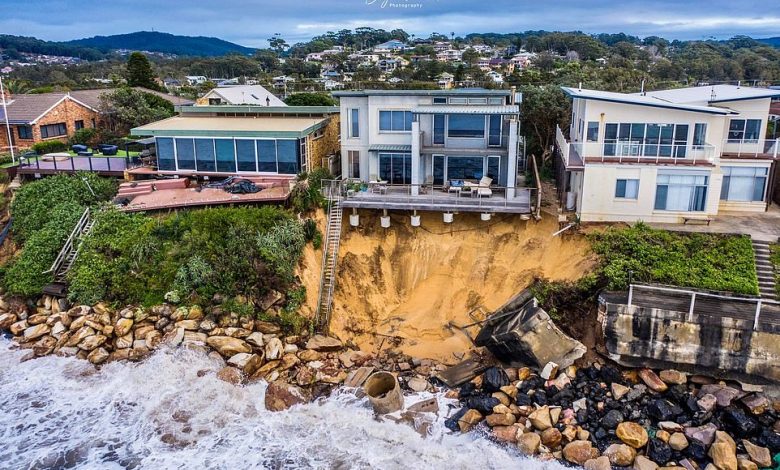Steve Urwin in conversation with Rob Harley and Marcus Wraight
Like almost everything else, the property market has been hit hard by the recent crisis. Will we ever see a ‘back to normal’? Is this a time for structural change in our leases? Where does the future sharing of risk lie?
On 30th July, Steve Urwin of Kernel Property was joined by ex Australian Financial Review property editor Rob Harley and Brookfield’s Head of Office Leasing Marcus Wraight to discuss the future of the Australian commercial property market.
R: How important will working from home be?
S: It’s something where we have clients at each end of the spectrum, and a whole lot in the middle. Some are currently 100% occupied, and others have mothballed their offices. It is a real mixed bag. We do know there is massive change coming. Tenants are now saying “I need something to take me through the next 12-18 months and it might be a quarter of the space I currently occupy”. It’s a real state of flux we are going into.
R: Have there been any changes to lease structures or face rent?
M: There has been a change in incentives generally, but in terms of overall structure, not really.
S: I think it will change. In the beginning the pandemic was likened to the GFC, then it was the nineties recession. If we look back to the nineties, that was the last time we had some real structural changes to leases. I think if there was ever a time for resetting, it is now. What has got to come out now is conversation about equitable sharing going forward.
Rob: What is the NZ lease structure model?
S: The most common lease structure across New Zealand is the ADLS (Auckland District Law Society) lease. After the 2011 Christchurch earthquakes, they brought in structural changes with the “no access in emergency” clause. It states that ‘if the tenant is unable to access the premises to fully conduct business, because of reasons of safety to the public…” there is a structure in place for a valuer to come in and assess the extent to which you can operate and there is a rental sharing. There’s a balance. It’s not saying the tenant does not have to pay rent, but they entered an agreement to pay to occupy the premises.
M: We are financiers, and we have absolutely no control over the situation. That risk should not lie with the landlord.
S: If in this next period, a client of ours is looking at ten opportunities, and two of those are prepared to put in something like this, I will be recommending those two. Is there a fairness that the tenant wears all of that?
Q: Rather than continuing to build bigger and higher, is this an opportunity to create more multi-purpose office stock?
S: I walked past Wynyard Tower this morning and I thought; “we are still building things the same way that we have been for 30-40 years”. As with lease structures, I think it’s a time for a step back to think, what can we change about this?
If you would like to watch the recording of this event, you can find it on our Facebook page. The sound file is also available for download here.
